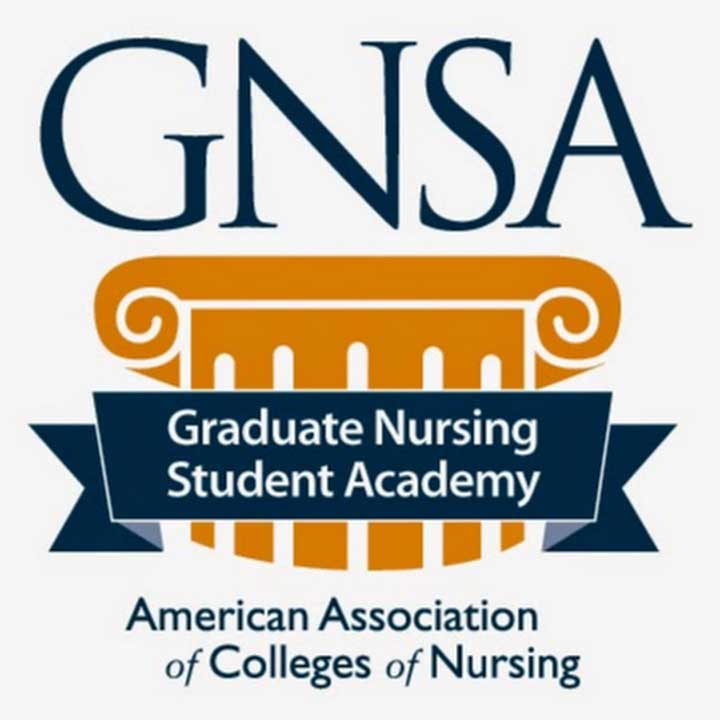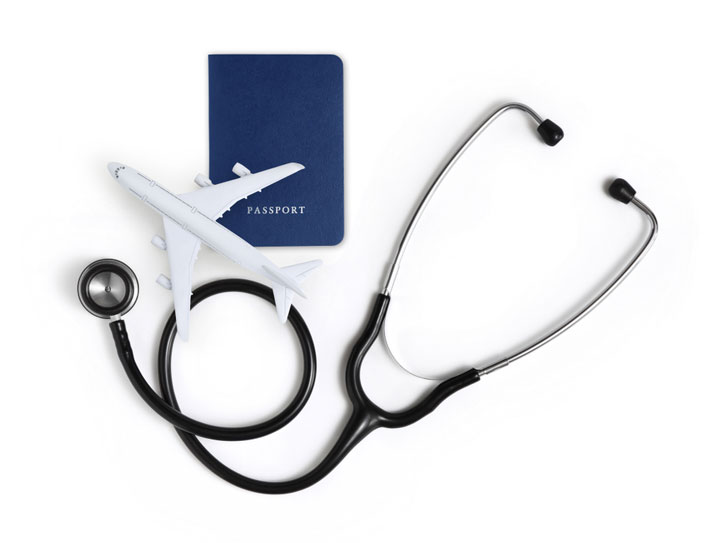Nurses are increasingly furthering their education with graduate degrees in research and clinical practice. From 2012 to 2013 alone, there have been momentous increases in enrollment in DNP, MSN, and PhD programs across the U.S.: 27.4%, 6.7%, and 1.3%, respectively. This trend reflects a national push to increase the number of master’s- and doctorally-prepared nurses and have nurses drive evidence-based care and practice to the full extent of their knowledge and training (Bednash, Breslin, Kirschling, & Rosseter, 2014; Institute of Medicine, 2011).
In 2012 the Graduate Nursing Student Academy (GNSA) was organized by the American Association of Colleges of Nursing (AACN) to “to provide high value programs, services, and resources to nursing students enrolled in master’s and doctoral programs” (AACN, 2012). Recognizing the growing number of nurses pursuing graduate education, launching GNSA provided an opportunity to support students in their professional formation as future leaders in practice, academia, and research. Ten leadership council members were selected from across the U.S. to spearhead the GNSA and develop services and resources to serve the nation’s more than 110,000 graduate nursing students. At their first meeting in October 2013, council members identified goals for GNSA, which included focusing on increasing awareness and membership of the Academy, identifying liaisons for all member schools, providing leadership opportunities for its members, and forming the GNSA into the voice of graduate nursing students.
Within its inaugural year, GNSA has made great strides in achieving its goals by attracting a sizeable membership, finding liaisons, and addressing graduate students’ requests for networking, career guidance, and financial support. To date, more than 12,000 graduate nursing students have joined the Academy with hundreds of new members signing up each month. The majority of members are in MSN programs (69%), compared to DNP (19%) and PhD (8%) and students in other programs (4%). One hundred thirty school liaisons facilitate communication between GNSA and its members. The online Collaboration Community with over 2,700 active members provides an online forum for members to ask questions and support each other through their graduate programs and professional development. The monthly bulletin profiles GNSA emerging leaders, advocacy information, and scholarships and fellowship opportunities. The Graduate Nursing Career Network has over 400 jobs posted in any given month and new GNSA members-only scholarships have been created by two strategic partners: CertifiedBackground and Uniform Advantage.
From its inception, GNSA has focused on developing quality resources to meet the needs of its members. Based on member feedback, the staff has spearheaded initiatives to provide career development resources. Thirty four webinars hosted by top nursing leaders, including HRSA Administrator Mary Wakefield, Surgeon General Patricia Horoho, and Nurse Researcher Christine Kovner, have been presented to over 1,700 registered participants. Webinar topics have included health advocacy and the Affordable Care Act. GNSA’s Leadership Project, launched in celebration of National Nurses Week in May 2014, invited liaisons to interview top nursing scientists at their universities and chronicle their insights concerning the impact of their science on healthcare and policy in video segments posted on YouTube.
The Institute of Medicine Report and the AACN’s momentum to ensure that nurses practice to the full extent of their training requires that the nursing profession support the development of the next generation of expert clinicians, scientists, and faculty members. In its first year, accelerating interest in the GNSA has led to the graduate students taking the reins of their profession and becoming leaders in the changing healthcare landscape.
As the Leadership Council, we thank the AACN and all those who support the GNSA and its mission. As the Leadership Council members, we represent MSN, DNP, and PhD programs and have discovered the similar struggles we have in our graduate work. Yet we have also become keenly aware of the differences between our specialties, career trajectories, and needs for political advocacy. We recognize the danger of nursing specialties working in silos, and strive to ensure GNSA provides a unified space in which emerging nursing leaders can stay connected and be supportive of each other’s distinct contribution to improving the health and wellness of the world. We look forward to many more successful years of GNSA programs and services for our growing graduate nursing population.
The GNSA Leadership Council
Kristen Altdoerffer, DNP candidate, CRNP, MSN
Kim Crosby, BSN, RN
Evangeline Dowling, MSN, RN
Emily Emma, BSN, RN
Teresa L. Hagan, BSN, BA, RN
Sarah Hoffman, MSN, MPH, RN-BC
J. Michael Leger, MBA, BSN, RN
Michaela Lewis, BSN, RN, CPN, CPEN
Tonya L. Smith, MSN, RN


















